Volunteers - the charitable solution for improving the lives of care home residents
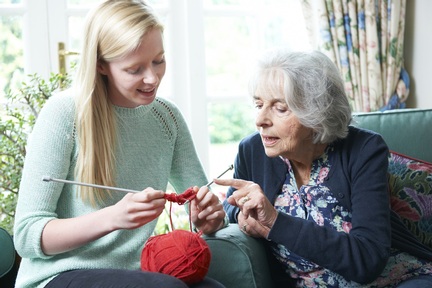
The reports of poor standards of care and underpaid, overworked staff continue to proliferate in the media and potential solutions are still being debated. Religious groups and charities around the country are known for their encouragement of volunteering, and now a government-funded project is in place to help increase the quality of life for older people through the use of volunteers.
The National Council for Voluntary Organisations (NCVO), the umbrella body for the voluntary and community sector in England, is spearheading a three-year project funded by the Department of Health that will continue until 2016. It aims to improve the quality of residents’ lives and also develop the links care homes have with the community.
Tracy Whittle, the NCVO’s Volunteering in Care Homes project manager, says: “At the time the bid was submitted we were very conscious of all the stories of abuse in the news. It seemed to us that if care homes were more open and residents were less isolated and the community could get involved, this would lead to a greater transparency and thereby make old people safer.”
By the end of the project, it is hoped that there will be between 350 and 400 volunteers across Britain each matched to a care home resident to give them the support that they want. But that will only be the start. Ms Whittle adds: “In doing this work, we intend to establish best practice and draw up a tool kit as to how to recruit and establish the right sort of volunteers.” It is hoped that this project will provide a blueprint that can be adopted in all regions of the country – and from there develop a veritable army of volunteers to help older people in care homes everywhere.
It’s early days – the project is only just getting underway – but according to Ms Whittle: “So far the findings have been interesting. For instance, establishing a rapport with the care homes – as we need to have them on board for the whole thing to work – has not always been easy, as many of the staff are overworked.
“But any scepticism is being resolved as we get to know them. It’s essential that we build an understanding with the care homes – as it is they who will have to carry the programme forward when the three years of the pilot study are up.”
Range of activities
What comes across from early feedback on this project is the wealth of things that volunteers can do to help improve quality of residents’ life. Ms Whittle says: “I mean all sorts of activities that cannot be easily catered for. For example, one Spanish lady wanted to converse in Spanish and we’ve found her the perfect person. Another resident wanted to play pool, while an ex-RAF man wanted to discuss military history.”
In essence, volunteers can do things that the care home staff simply haven’t time for. “Most of their work these days is task oriented,” says manager of local-authority owned Carlton Dene Care Home in north west London, Joel Bello, who puts his finger on one of the problems facing today’s care homes. He says: “Twenty years ago when I was starting out in the care sector, people on the whole came to care homes when they were still able to look after themselves and do things such as go to the shops, do their laundry and so on.
“Now they stay in the community for much longer, which is of course good, but by the time they arrive in a care home, they are often very frail and need much more doing for them. This means that staff have less time to sit and talk or cater to their individual needs.”
Mr Bello has been delighted by the influx of volunteers, which have been provided with the help of local charity One Westminster, which is one of the volunteer centres taking part in the NCVO pilot study. “So far we have 11 residents matched with volunteers, and it’s proving very popular,” says Mr Bello. ”and when other residents see that someone has a visitor or is engaged in some activity they tend to go over and see what ‘s happening.”
The kind of activities the volunteers help with at Carlton Dene vary from simple kindnesses such as taking an old lady out to shop in the high street, to more specialised tasks such as assisting a keen, but barely mobile, gentlemen with gardening and then discussing the merits of different plants and species over a cup of tea.
Volunteers of ages
Years ago, the stereotype of a person who volunteered was a middle-aged person with time on their hands, but the intake of would-be volunteers these days includes much younger people who are studying such subjects as medicine and nursing and wish to supplement their studies with practical experience. And for some, volunteering is seen as a way to improve on skills and from there be able to get a paid job. Increasingly schools are getting involved too.
Lindsey Newens, 54, who is a church administrator, is new to volunteering in care homes. She loves every moment of her weekly visit to Carlton Dene. “I wanted to put something back into society and I’ve always enjoyed the company of people.”
She started out being paired with a lady in her 70s “who is a ferocious knitter” and they used to knit and talk but their twosome has expanded to include three others (one a lady who is registered blind and deaf and two others, both who are living with dementia).Now they meet and interact as a group in the day room, something Ms Newens thinks is beneficial for them, as on the whole, life in a care home can be a solitary business when people tend to stay in their own rooms.
Ms Newens says: “Some care homes get such bad news, but this is a lovely place. The people are smashing. I am pleased to be able to take the pressure off the hard worked staff.”
Alexandra Soetan who project manages the One Westminster volunteering project notes that in the borough of Westminster in London the ratio of care worker to resident is 1:7 or 8. “Care homes can be lonely places and, from what I’ve seen, many residents stay in their rooms,” she says. “I really think that volunteering is the way forward. But every effort must be made to match the right volunteer to the right resident.”
Part of the reason that this NCVO project is working well, according to everyone who was interviewed, is that matching of residents to volunteers is taken care of by an outside project manager and significant training is provided by a well respected agency, Skills for Care.
Charitable roots
Of course, care home volunteering is not new in any respect. A number of charities, such as those run by the Methodist and Jewish communities have a time-honoured reputation for providing caring and support and have volunteers already in place.
Linda Butterfield, volunteer support and development manager at Nightingale Hammerson, which runs two care homes for older Jewish people, has no fewer than 300 volunteers in place to help with an enormously wide range of activities including providing delicious individually cooked meals for residents (known as Meals Matter) and Namaste Care, which offers a range of gentle therapies such as eastern hand massage. She also runs a schools programme that encourages young students to get involved with their local care home.
“Our volunteers outnumber our 240 residents,” says Ms Butterfield. “And many of them have been volunteering with us for longer than I’ve been alive. They bring a wealth of things – most importantly going a long way to improve quality of life. There’s no question that the volunteer gets as much out of it as the resident.
Volunteering is clearly taking on an ever greater importance in the care home sector and until there is proper funding and staffing to ensure that every resident is fully and adequately cared for, long may it continue.
Latest Features News
 25-Nov-19
2019 Election: Boris Johnson leaves social care in 'too difficult box' but Labour vows to end 'crisis'
25-Nov-19
2019 Election: Boris Johnson leaves social care in 'too difficult box' but Labour vows to end 'crisis'
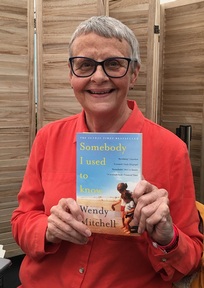 18-Oct-19
Podcast: Wendy Mitchell and dementia: 'My biggest fear is not knowing who my daughters are'
18-Oct-19
Podcast: Wendy Mitchell and dementia: 'My biggest fear is not knowing who my daughters are'
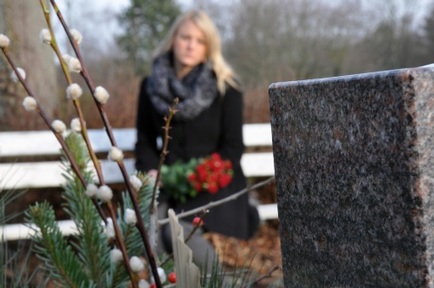 27-Sep-19
Exclusive: Care minister backs care workers' call for time off to grieve and attend funerals
27-Sep-19
Exclusive: Care minister backs care workers' call for time off to grieve and attend funerals
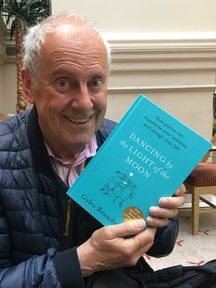 19-Sep-19
Podcast: Gyles Brandreth says poetry helps ward off dementia
19-Sep-19
Podcast: Gyles Brandreth says poetry helps ward off dementia
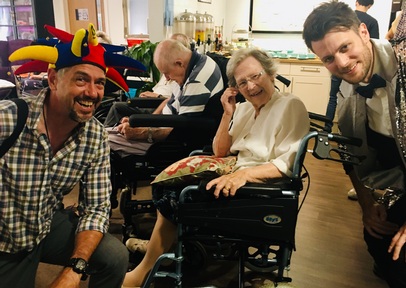 30-Aug-19
Edinburgh Fringe funnyman joins comics facing toughest audience at care home gig
30-Aug-19
Edinburgh Fringe funnyman joins comics facing toughest audience at care home gig